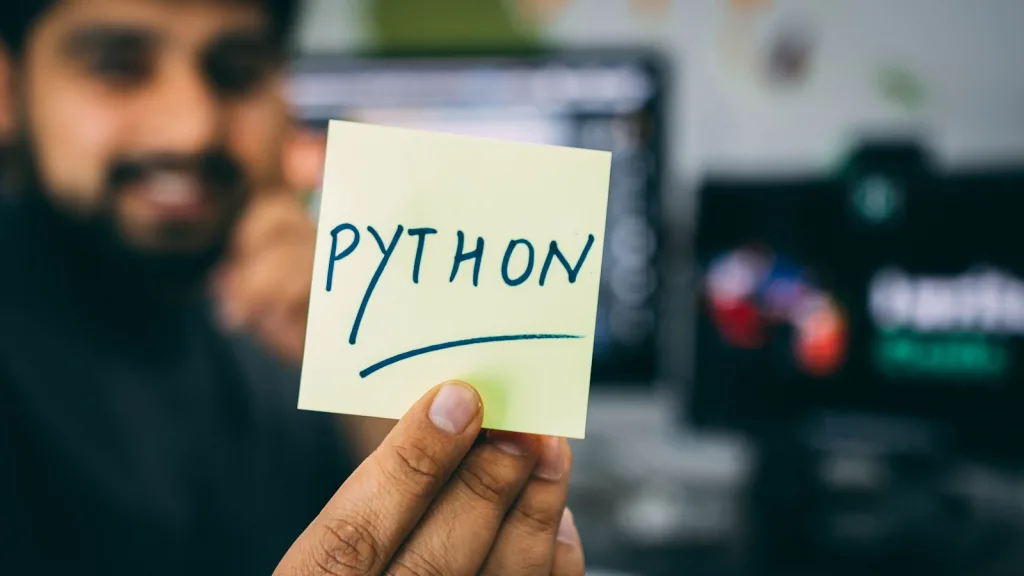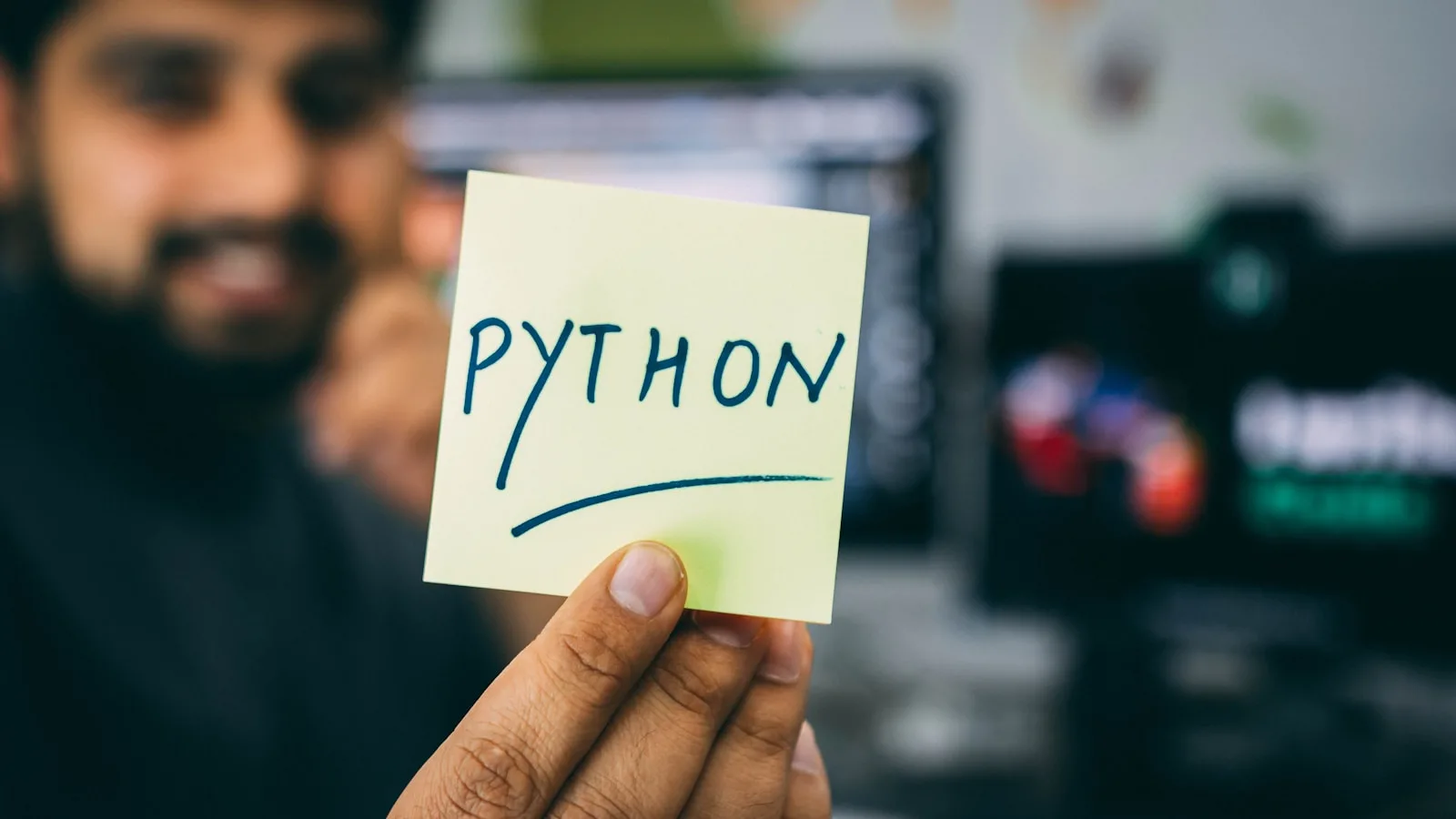Learn Python in a Day: A Comprehensive Introduction

Python is one of the most popular programming languages today, known for its simplicity and versatility. Whether you’re a beginner looking to break into the field of programming or an experienced developer aiming to expand your skill set, Python offers a great starting point. This guide provides a comprehensive introduction to Python, helping you understand the basics and get started with coding in just one day.
Understanding Python
Python is an interpreted, high-level, general-purpose programming language. Its design philosophy emphasizes code readability with the use of significant indentation. Python supports multiple programming paradigms, including structured (particularly procedural), object-oriented, and functional programming.
Setting Up Your Python Environment
- Install Python: Visit the official Python website (python.org) and download the latest version for your operating system. The website provides installation packages for Windows, Mac OS, and Linux.
- Set Up an IDE: While you can write Python code in a simple text editor, using an Integrated Development Environment (IDE) like PyCharm, Visual Studio Code, or even a lighter editor like Sublime Text can enhance your coding experience with features like syntax highlighting and code completion.
Python Basics
- Syntax and Indentation: Python uses whitespace indentation to delimit blocks of code. Understanding Python’s syntax is crucial for writing clean and readable code.
- Variables and Data Types: Learn about Python’s data types such as integers, floats (decimal numbers), strings (text), lists, tuples, and dictionaries. Python is dynamically-typed, meaning you don’t need to declare the type of a variable when you create one.
- Operators: Familiarize yourself with Python’s arithmetic, comparison, assignment, logical, and bitwise operators.
Key Python Concepts
- Conditional Statements: Learn how to use
if,elif, andelsestatements to execute different blocks of code based on certain conditions. - Loops: Understand how to use
forandwhileloops to repeat actions in Python. - Functions: Functions are blocks of code that are designed to do one specific job. Learn how to define and call functions, pass data to functions, and return data from functions.
- Error Handling: Learn basic error handling using
try,except, andfinallystatements to manage exceptions in Python.
Practical Python
- File Handling: Learn how to read from and write to files in Python, which is essential for programs that need data input or produce output to files.
- Libraries and Modules: Explore how to import and use Python libraries such as
numpyfor numerical operations,matplotlibfor plotting, orpandasfor data analysis. - Simple Projects: Try writing simple scripts like a calculator, a basic CRUD (Create, Read, Update, Delete) application, or a simple game like tic-tac-toe to apply your knowledge.
Conclusion
Although mastering Python takes longer than a day, this guide provides you with the foundation needed to start your journey in Python programming. With practice, you can quickly progress to more complex topics and applications.






